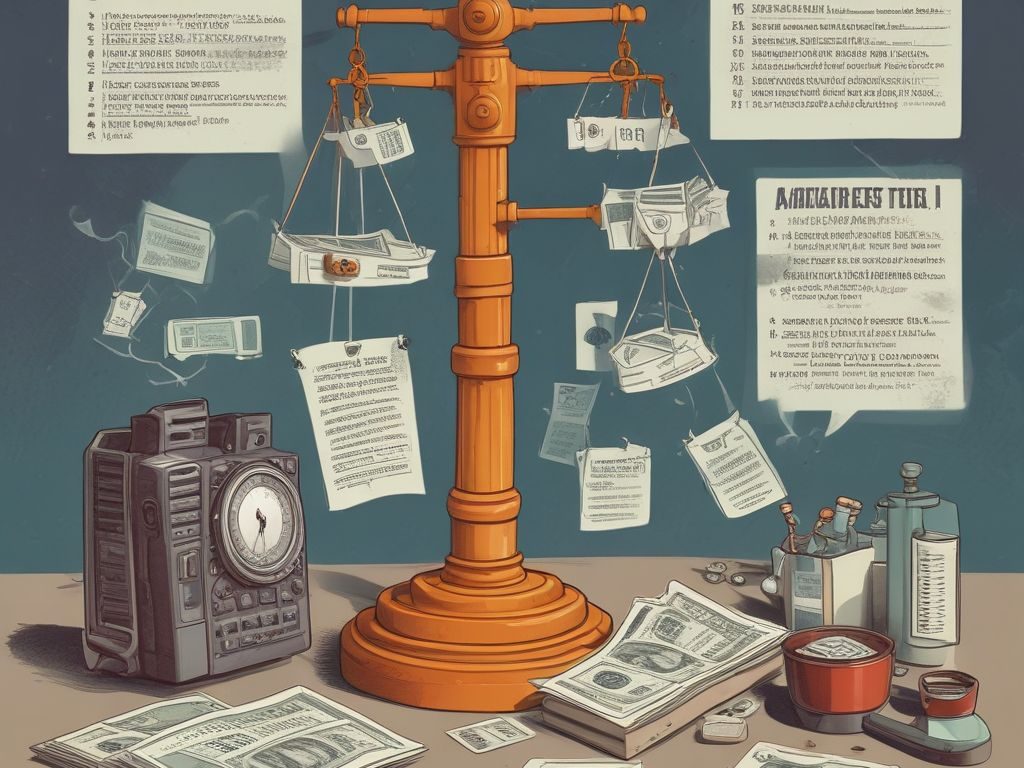Physical Address
304 North Cardinal St.
Dorchester Center, MA 02124
Physical Address
304 North Cardinal St.
Dorchester Center, MA 02124

If you’ve ever used a credit card, taken out a loan, or financed a car, you’ve likely seen the term finance charge. But is it just another way of saying “interest”? Not quite.
Understanding the difference between finance charge vs interest can save you money, help you choose better credit products, and avoid nasty surprises hidden in the fine print.
A finance charge is the total cost of borrowing money, not just the interest. According to the Consumer Financial Protection Bureau (CFPB), finance charges can include:
📌 Example: If you borrow $5,000 with an 18% APR, plus a $50 annual fee and a $10 late fee, your finance charge for that month might be $135, not just the interest.
As Investopedia explains, lenders are legally required to disclose the total finance charge, which helps you understand the true cost of credit.

Interest is the cost of borrowing money, typically expressed as a percentage of the loan amount. It’s what you agree to pay in return for accessing funds.
📌 Example: Borrowing $10,000 at 6% interest = $600 annually in interest. If there’s also a $300 origination fee, your total finance charge becomes $900.
Not all costs are labeled as “interest,” but they still impact your wallet. As Bankrate notes, some borrowers overlook hidden fees that inflate the real borrowing cost.
✅ Tip: Pay your statement in full each month to avoid most charges. The Federal Reserve confirms that most cardholders can avoid finance charges by using grace periods effectively.
In addition to interest, many auto loans include:
⚠️ Bundled extras can significantly increase the total loan cost (NerdWallet).
Here, interest is often the largest part of your monthly payment. However, other finance charges apply, including:
✅ The APR includes these extra costs, giving a more complete picture of your borrowing expenses (Forbes Advisor).
Depending on the loan type and lender, finance charges are calculated using:
APR helps you standardize these calculations. It includes both the interest and all applicable fees, making it easier to compare offers.
As Experian notes, even small differences in APR can lead to hundreds of dollars in savings over time.
| Term | What It Means |
|---|---|
| Interest Rate | Cost to borrow money (just interest) |
| APR | Total cost including interest + fees |
Always compare APR, not just interest rates, when shopping for loans or credit cards. As highlighted by the Consumer Financial Protection Bureau, APR is a better indicator of your true financial obligation.
✅ Pay on Time & In Full
Avoid carrying balances and reduce late fees.
✅ Use Grace Periods
Credit cards usually don’t charge interest if the full balance is paid before the due date (Federal Reserve).
✅ Improve Your Credit Score
Higher credit = lower interest rates. Use tools like Credit Karma to monitor and improve your score.
✅ Negotiate Fees
Lenders may waive certain charges—especially for long-time or high-credit-score clients.
✅ Compare Lenders Carefully
Online platforms and credit unions often provide lower APRs than big banks. Use comparison tools like LendingTree or Bankrate for better deals.
| Myth | Truth |
|---|---|
| Finance charge = just interest | ❌ It includes fees, insurance, and more |
| APR = interest | ❌ APR includes full cost of borrowing |
| Finance charges are unavoidable | ❌ Pay in full and negotiate to reduce or eliminate them |
Finance charges and interest are not the same. Interest is just one component of the total cost you pay when borrowing money.
By understanding the full scope of finance charges—including fees, insurance, and penalties—you’ll be empowered to:
📘 Want to dive deeper into smart money strategies?
Check out our guide: How to Build an Emergency Fund: A Step-by-Step Guide for Financial Peace of Mind